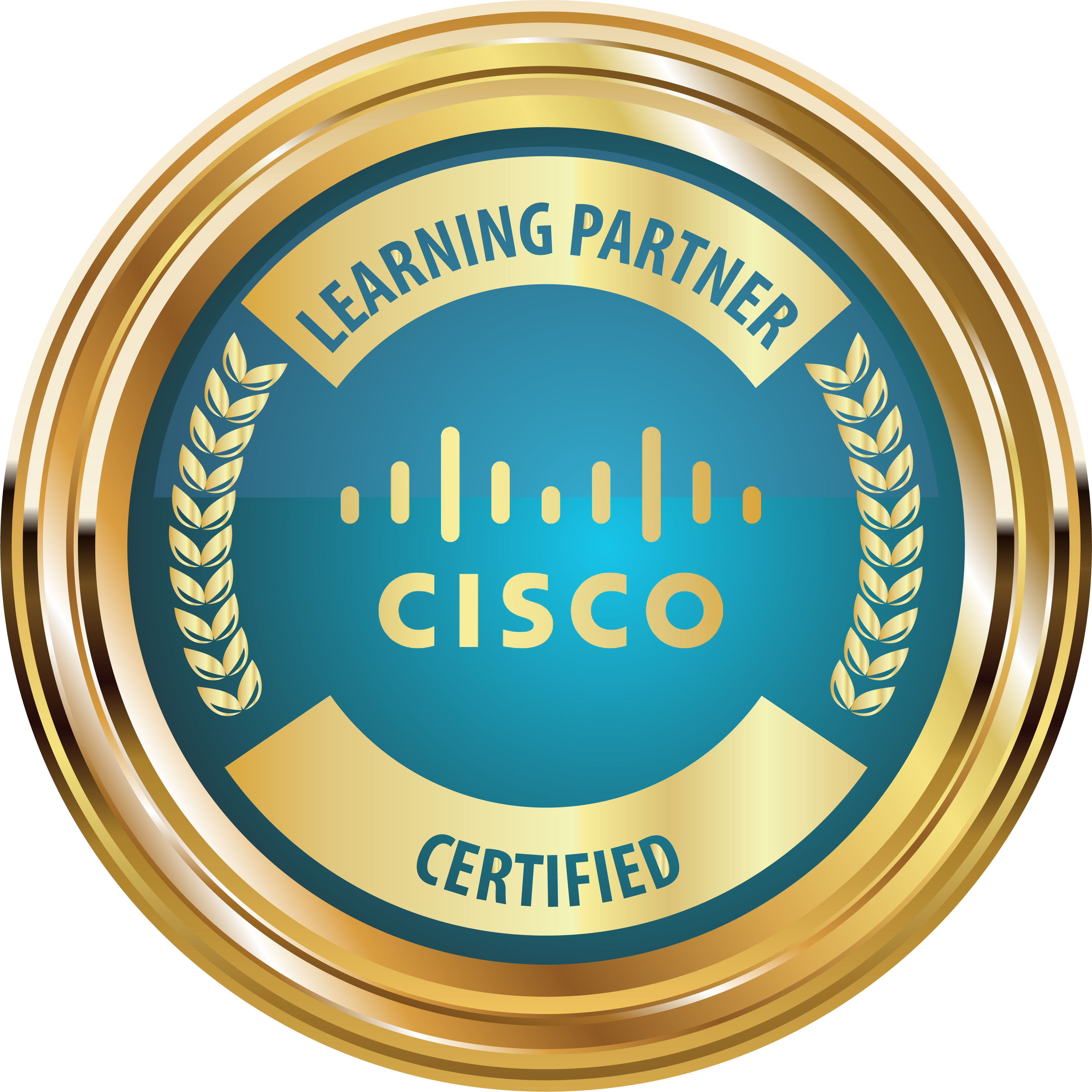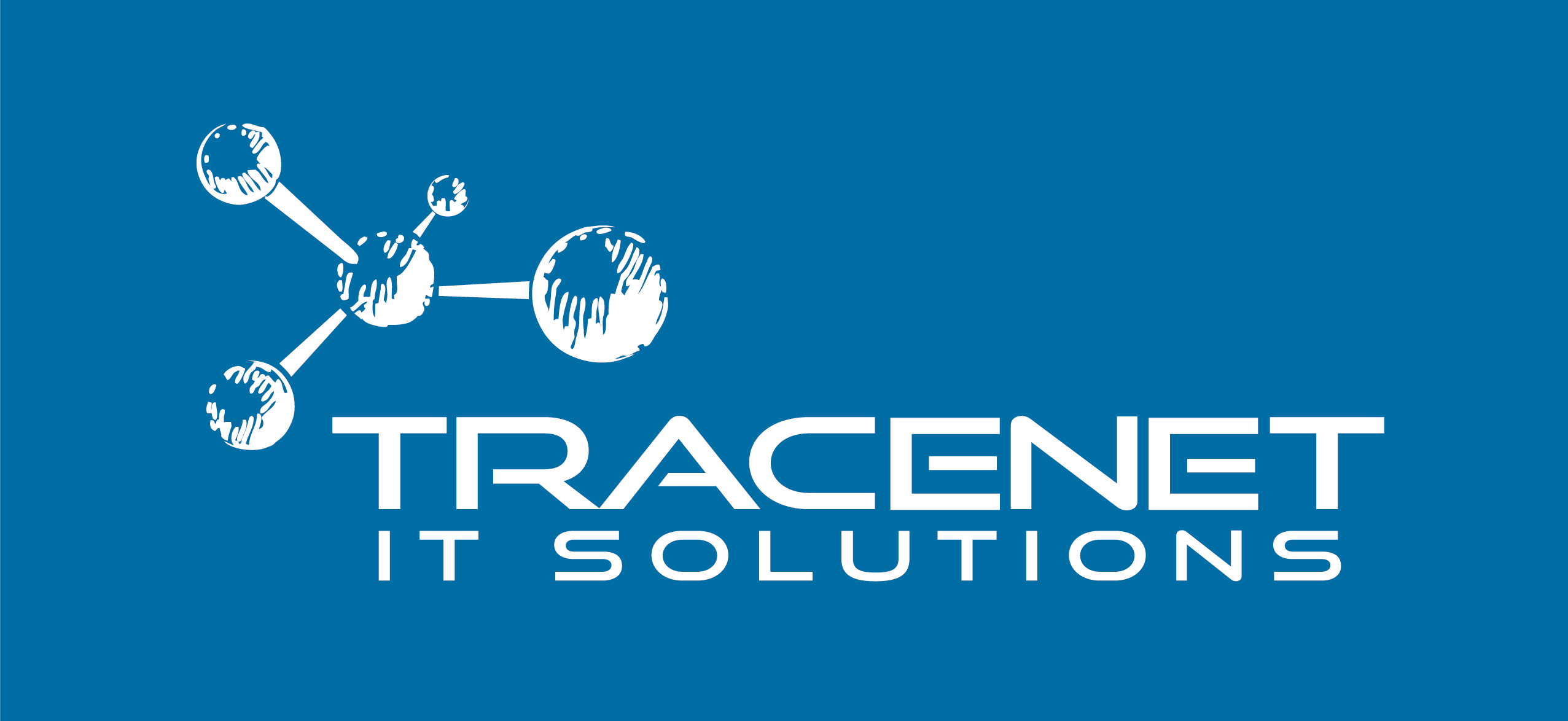TREINAMENTOS

Architecture
1.1 Explain the different design principles used in an enterprise network
1.2 Analyze design principles of a WLAN deployment
1.3 Differentiate between on-premises and cloud infrastructure deployments
1.4 Explain the working principles of the Cisco SD-WAN solution
1.5 Explain the working principles of the Cisco SD-Access solution
1.6 Describe concepts of wired and wireless QoS
1.7 Differentiate hardware and software switching mechanisms
Virtualization
2.1 Describe device virtualization technologies
2.2 Configure and verify data path virtualization technologies
2.3 Describe network virtualization concepts
Infrastructure
3.1 Layer 2
3.2 Layer 3
3.3 Wireless
3.4 IP Services
Network Assurance
4.1 Diagnose network problems using tools such as debugs, conditional debugs, trace route, ping, SNMP, and syslog.
4.2 Configure and verify device monitoring using syslog for remote logging
4.3 Configure and verify NetFlow and Flexible NetFlow
4.4 Configure and verify SPAN/RSPAN/ERSPAN
4.5 Configure and verify IPSLA
4.6 Describe Cisco DNA Center workflows to apply network configuration, monitoring, and management
4.7 Configure and verify NETCONF and RESTCONF
Segurança
5.1 Configure and verify device access control
5.2 Configure and verify infrastructure security features
5.3 Describe REST API security.
5.4 Configure and verify wireless security features.
5.5 Describe the components of network security design.
Automation
6.1 Interpret basic Python components and scripts.
6.2 Construct valid JSON encoded file.
6.3 Describe the high-level principles and benefits of a data modeling language, such as YANG.
6.4 Describe APIs for Cisco DNA Center and vManage.
6.5 Interpret REST API response codes and results in payload using Cisco DNA Center and RESTCONF.
6.6 Construct EEM applet to automate configuration, troubleshooting, or data collection.
6.7 Compare agent vs. agentless orchestration tools, such as Chef, Puppet, Ansible, and SaltStack.
Fale Conosco
Fale conosco e saiba mais sobre nossas soluções.

+55 21 2223-1412
Avenida Presidente Vargas, 542
Grupo 415 – Centro
Rio de Janeiro – RJ, 20071-000 -Brazil
+55 11 2306-2122
Rua Cristovao Pereira, 1626
Campo Belo
São Paulo – SP, 04620-012- Brazil
+55 21 2223-1412
Avenida Sete de Setembro, 776
Sala 501 B26 – Fazenda
Itajaí – SC, 88301-201 – Brazil
+1 954-900-8912
6280 W. Atlantic Blvd.
Margate – FL, 33063 – USA